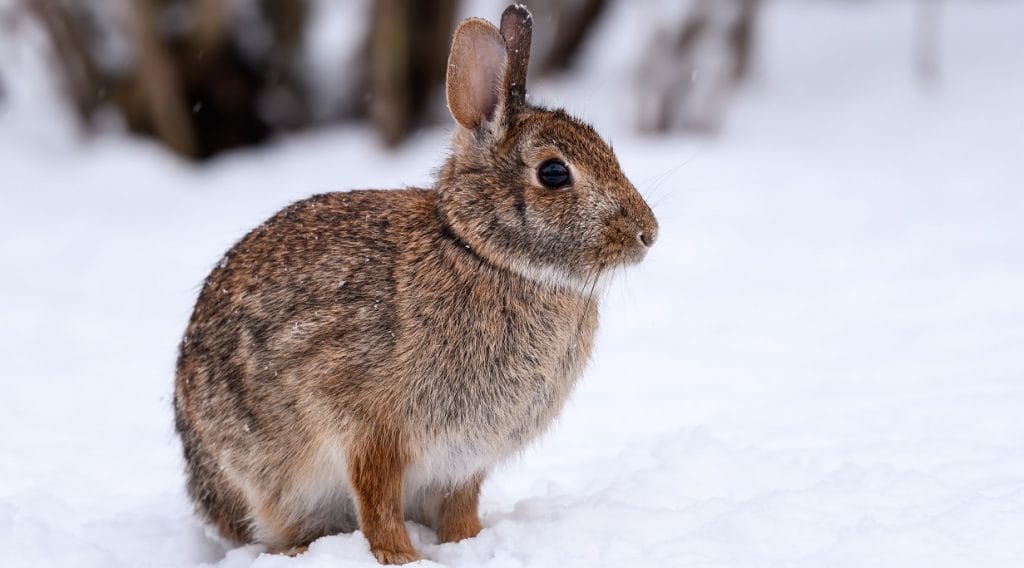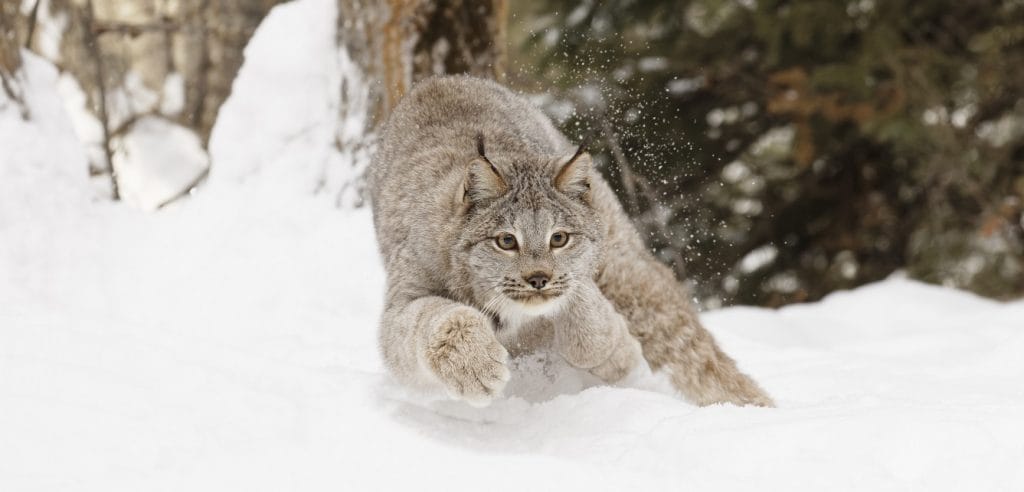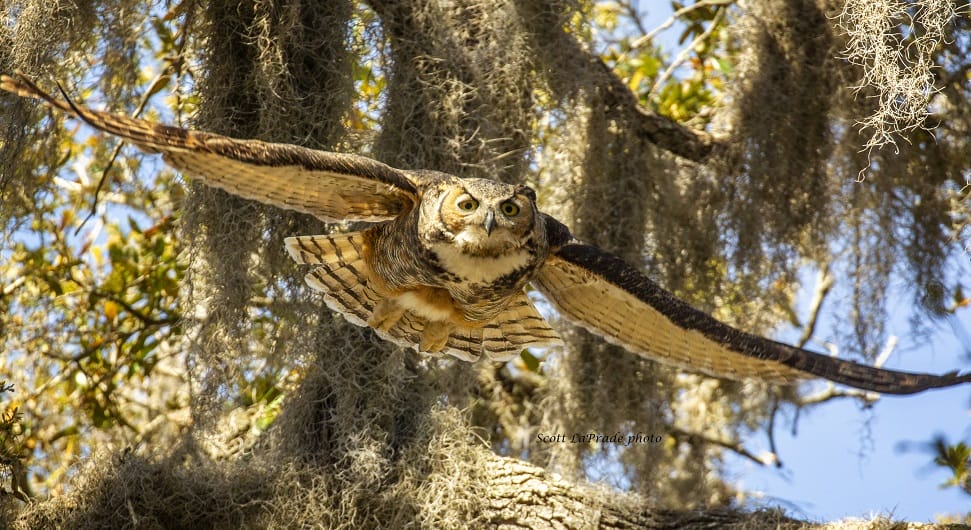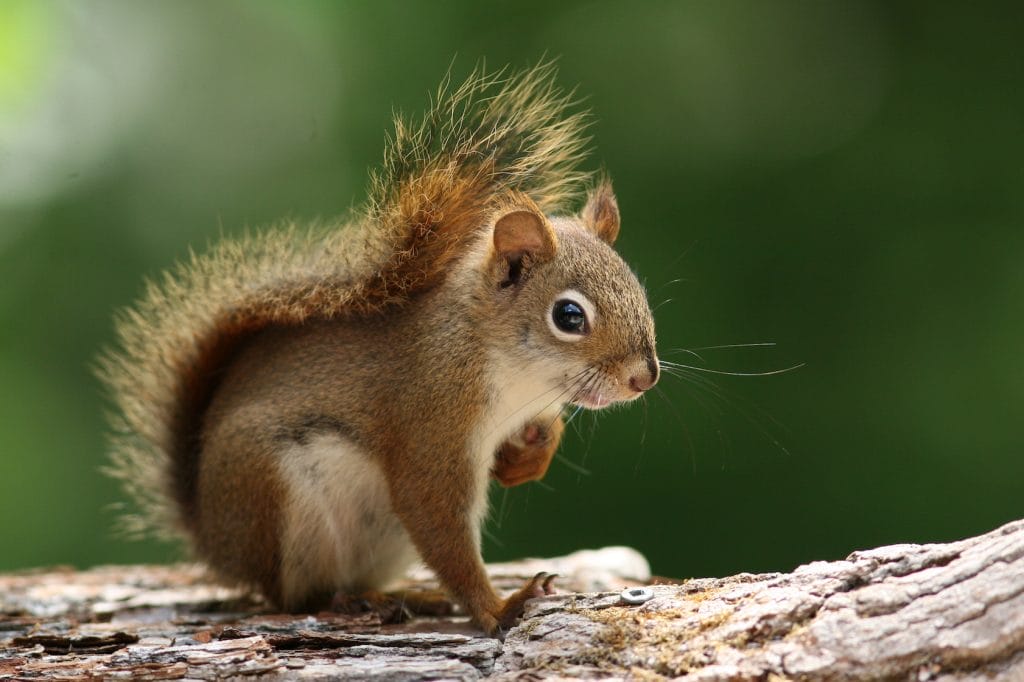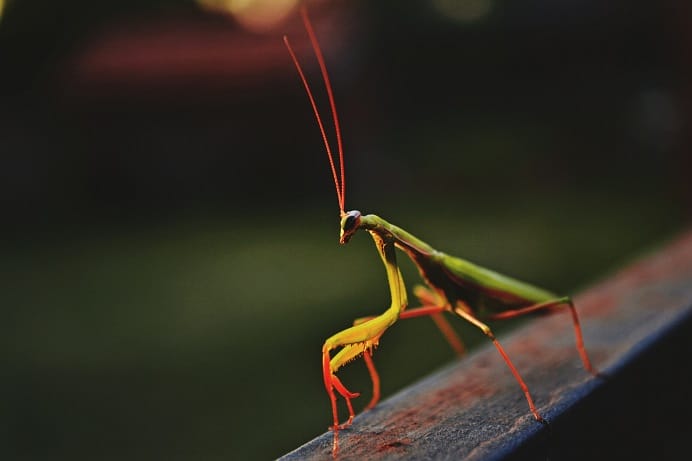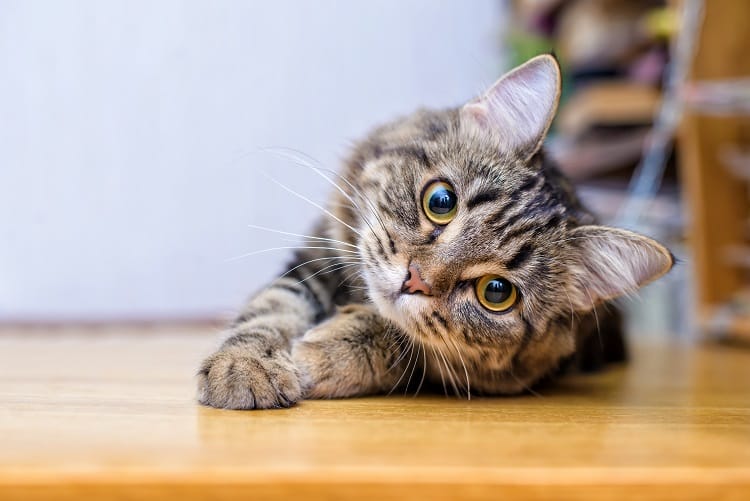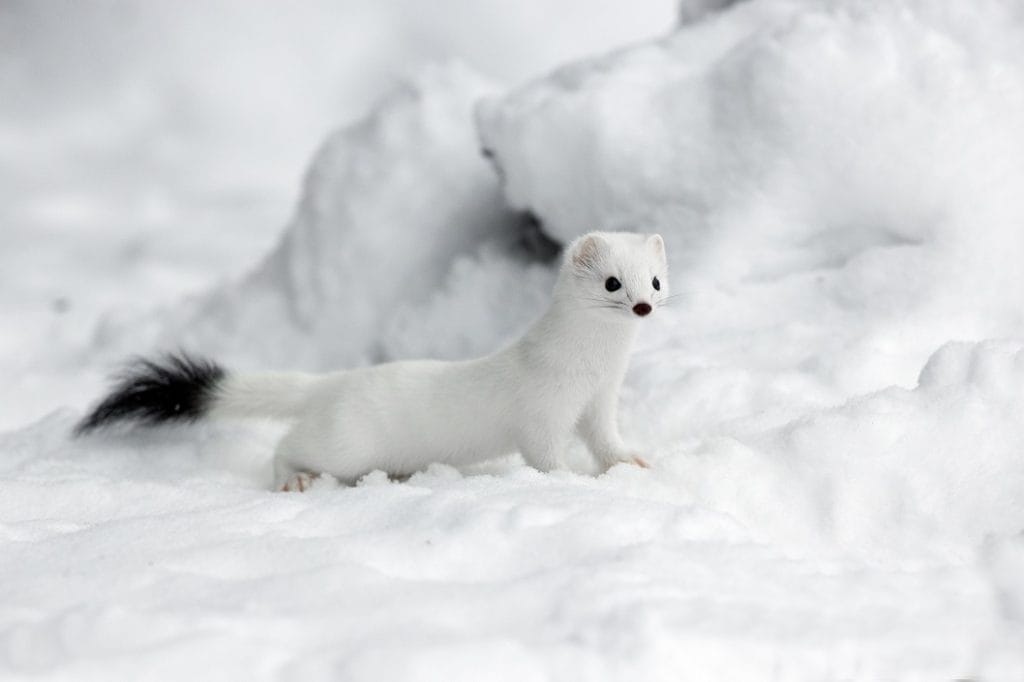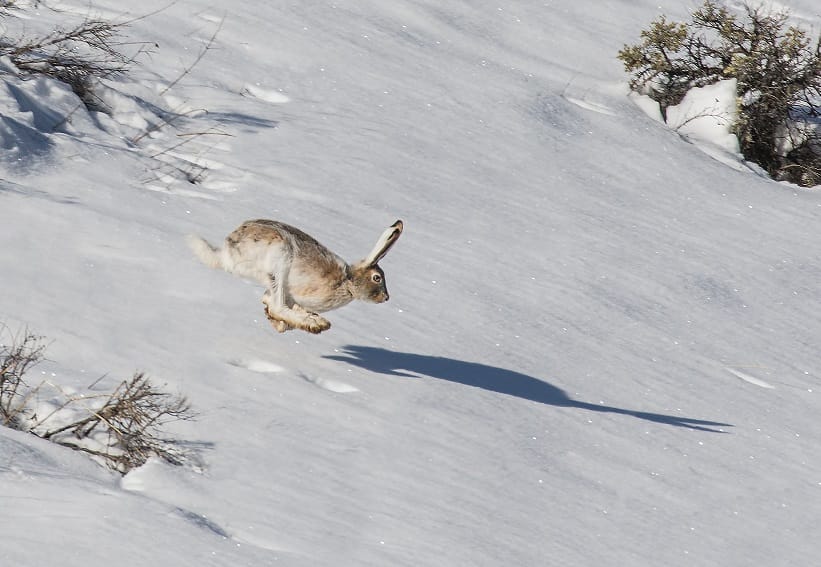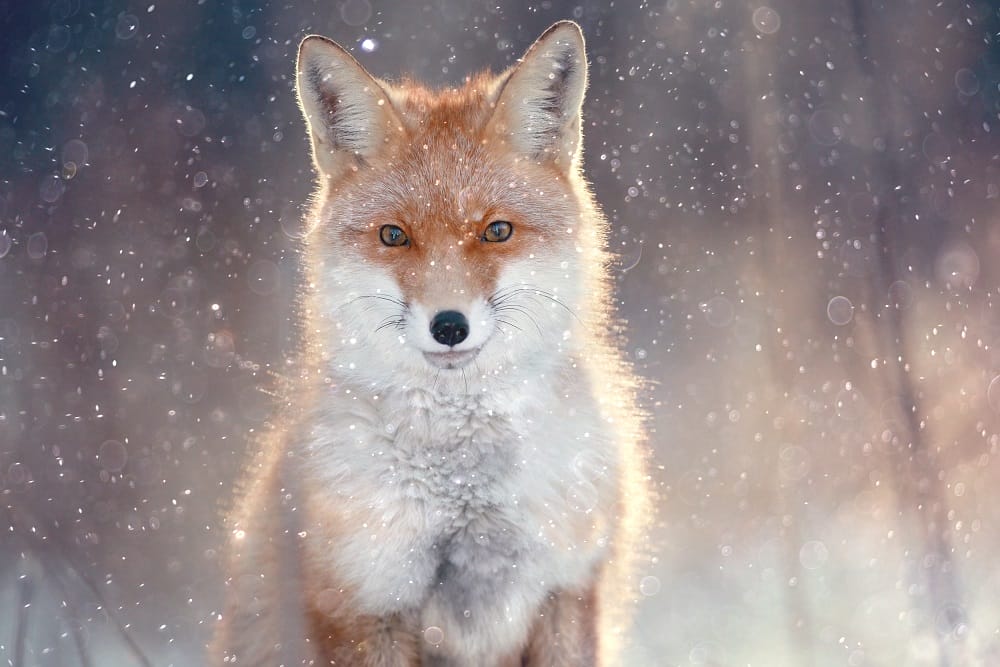The eastern cottontail rabbit, which is present in much of the United States, moved into southern Ontario in the 1860s. Since then, it has moved progressively north, taking advantage of…
Read MoreThe eastern cottontail rabbit, in town and country
- March 28, 2022
- by Jacques Prescott
- 0
- 2808
The ghostly Canada lynx
- January 22, 2022
- by Jacques Prescott
- 0
- 1643
The boreal forest shelters a big, very low-profile, wild cat: the Canada lynx. This northern feline is particularly well adapted to snow and cold. Its presence is closely linked to…
Read MoreThe hoot of the great horned owl
- December 22, 2021
- by Jacques Prescott
- 0
- 1233
You’ll recognize it by its size – its wingspan is 150 cm, or about 59 inches – its yellow eyes and its head with long feathery ear tufts, or “horns”….
Read MoreThe red squirrel: impudent and rowdy
- October 18, 2021
- by Jacques Prescott
- 0
- 1251
Fall is a busy season for the red squirrel. Because it’s active all year round, it stores food in preparation for winter. Let’s take this opportunity to observe its comings…
Read MoreThe charming, voracious praying mantis
- July 17, 2021
- by Jacques Prescott
- 0
- 717
The intriguing praying mantis (Mantis religiosa) charms us with its triangular head, its staring eyes and in particular, its long, thorny front legs folded back upon themselves like a boxer…
Read MoreThe domestic cat: a cuddly killer
- May 22, 2021
- by Jacques Prescott
- 0
- 820
Beneath its cuddly exterior, the domestic cat is a formidable predator. Ten thousand years of domestication have not changed its hunting capabilities, and its impact on populations of birds and…
Read MoreThe team spirit of the Canada goose
- April 10, 2021
- by Jacques Prescott
- 0
- 856
In 1995, at the Jakarta conference, the countries that were signatory to the United Nations Convention on Biological Diversity chose Montreal to be the headquarters for the secretariat of this…
Read MoreThose elegant weasels
- March 16, 2021
- by Jacques Prescott
- 0
- 2704
In North America there are three species of weasel: the long-tailed weasel, the ermine, and the least weasel. In spite of their similar appearance and way of life, they can…
Read MoreThe snowbound snowshoe hare
- February 18, 2021
- by Jacques Prescott
- 0
- 1175
The survival of the North American hare is closely linked to the presence of snow, as are its other common names: varying hare and snowshoe hare. The pelt of this…
Read MoreDo predators kill for fun?
- January 17, 2021
- by Jacques Prescott
- 0
- 4592
Carnivores – meat-eaters – sometimes kill more prey than they need to feed themselves and their young. This behaviour, called “surplus slaughter” could lead you to think that predators kill…
Read More